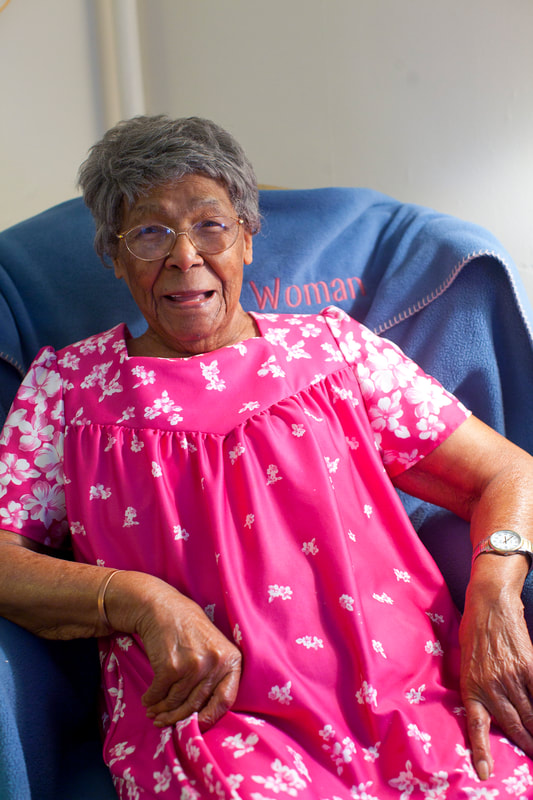Plan for Future Home Care Needs
|
Average life expectancy when the VNA was established in 1898 was 47. By the start of the VNA’s second century, it had increased to 77 and eldercare had emerged as a pressing community need. While longevity and the size of the nation’s senior population continue to rise, government resources devoted to senior services aren’t anticipated to keep pace.
Most Americans would prefer to age in place. However, few are factoring the cost of home care into their retirement planning. Each day, the VNA encounters seniors who need a helping hand to realize their best quality of life. Many with chronic but treatable medical conditions and routine symptoms of aging aren’t eligible for Medicare home care benefits. Their options are flexible VNA Private Care Services or limited assistance via a safety net of grant-funded programs with eligibility requirements and availability that is subject to change. That’s why it’s imperative for those who haven’t yet reached retirement age to plan ahead for individual needs. Aides Foster Elder Independence The fastest growing segment of the VNA’s client population is age 80 and above. At 105, Cora Jiggitts was both its oldest client and a member of the nation’s burgeoning population of centenarians. Cora was in remarkably good health and lived independently. However, with no family nearby, she relied on a long-time friend and neighbor for help. She also received certified home health aide visits provided through the Morris County Office on Aging’s Community Home Health Aide Program (CHAP) for seniors living alone. Thanks to friends, neighbors, and VNA, Cora was able to achieve her goal of remaining in her own home. |
















